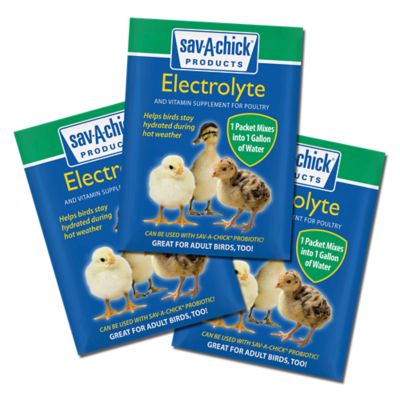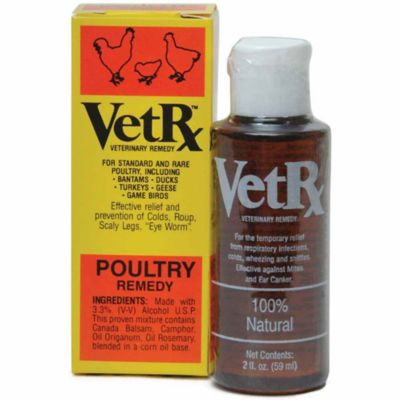Fowl Pox and Your Chickens
Our girls have the dreaded Fowl Pox!

Fowl Pox is a virus that affects poultry, not only chickens but also turkey, quail, pheasant, and wild birds. There are two types of fowl pox, dry and wet. Our girls contracted the dry version.
This post is not meant to be a substitute for vet care. Whenever possible, contact your vet for a treatment plan.
Dry Pox
Dry pox is spread by biting insects like mosquitoes and flies. The wet version is airborne and spread through inhalation.
The first sign is a whitish blister on the comb, wattles, eyelids, and other skins areas. The comb could also appear ashy or pale.
Occasionally, you may see them on the legs, body, vent, and the softer part of the beak.
Next, the whitish spots will turn to larger yellow bumps, and finally, the lesions will scab and darken. It will take approximately three weeks before they completely heal and fall off.
Wet Pox
Wet Fowl Pox attacks the bird’s upper respiratory system. The lesions will be in the mouth, throat, esophagus, and trachea. This is the more serious version of the disease. The trachea can become inflamed which can be painful for your birds to drink causing dehydration. Also, the trachea can swell which could lead to suffocation.
The dry version can transform into the wet version and vice versa so monitor your birds closely. The virus will last 10-14 days per bird. The incubation period is 4-10 days. So once exposed it could be up to 10 days before seeing symptoms.
If your birds are healthy, they should come through this just fine. However, sickly or young birds may not.
Should I quarantine my bird?
Fowl Pox is highly contagious, so quarantine if possible. Once a bird is infected it can be transmitted to the other birds by pecking or scratching each other. When I realized our girls had fowl pox, four of the six girls were infected.

I first noticed a dark area on Hazel’s beak, our Golden Laced Wyandotte, since it had been raining I mistook it for mud. She didn’t have any scabs on her comb.
Then a few days later, I noticed a couple of small scabs on Marble, our Barred Rock. She’s towards the bottom of the pecking order, so I assumed it was a pecking injury.
Then I noticed scabs on Buttercup, our second girl. No one messes with her except Trudy, our Leghorn, and top hen. I was still in disbelief until I saw multiple white spots on Trudy’s comb. Reality sat it!
Other symptoms
You will probably see a drop in egg production. Trudy had laid two fairy eggs in the last week which was unusual for her.

Weight loss due to loss of appetite is another common symptom. Giving them their favorite treats for a few days won’t hurt.
If your birds are experiencing any respiratory symptoms, applying VetRx under the wings will soothe and open up airways. It’s like Vicks for humans. (My grandmother was a huge fan of Vicks.)
Your birds may act lethargic or behave uncharacteristically. Hazel refused mealworms last week. She actually walked away – definitely not the norm.
What can you do to treat?
Since Fowl Pox is a viral illness, like human viruses, antibiotics won’t help (unless there is a secondary infection). Treatment should include providing relief from the symptoms.
As I said early, give extra treats to encourage them to eat and keep up their caloric intake. I mixed scratch and dried mealworms with their feed and also gave boiled and scrambled eggs. Eggs are high in protein which will give them a boost and help promote healing.
If you’re unsure if your birds are improving, contract your poultry vet.
Treat scabs and lesions
Keep lesions clean and dry. For troublesome sores, apply Iodine with a cotton ball to help sterilize the area and fight bacteria. If lesions are in or near the eye, flush with a saline solution. Once the lesion has scabbed, do not pick it off. Let them fall off naturally. You can apply Vaseline or Neosporin to help soften scabs.
Nutri-Drench
Adding Nutri-Drench in their water will supply some much need nutrients.
INGREDIENTS: propylene glycol, molasses products, calcium carbonate, choline chloride, DL-methionine, l-lysine, Vitamin E supplement, Vitamin A supplement, Vitamin D-3 supplement, thiamine, niacin, zinc sulfate, ethylenediamine dihydrocodeine, magnesium sulfate, manganese sulfate, iron sulfate, copper sulfate, sodium selenite, cobalt sulfate, sugar.
My birds didn’t appear to be drinking as much, which is not uncommon in sick birds, so we gave them directly by mouth. Give 1ml per 3 lbs. of body weight.
The second day I mixed the Nutri-Drench with scrambled eggs. I added 4 droppers full before cooking. Giving directly by mouth was difficult. Scrambled eggs are their favorite treats and they didn’t mind the Nutri-Drench at all.
I also added Sav-A-Chick electrolytes to the drinking water.
Clean the drinking water daily
The virus can spread to healthy birds if the water becomes contaminated. It happens when sick birds backwash or infected poop gets in the water.
Prevention
Since, Fowl Pox is spread mostly through mosquitoes, remove any standing water when possible. Immunization is available at birth with a booster at 12-16 weeks. I wasn’t aware of this when we got the girls. Being in Texas (our mosquitoes are horrible), I will probably consider vaccinating if we get chicks again.
Mites and lice can spread the virus. Be sure and check your birds for any signs.

It’s suggested to plant lavender, basil, peppermint, rosemary, and thyme around your coop to repel mosquitoes and flies. I have some in the garden but will be planting more near the pen.
If you visit friends or neighbors that have backyard chickens, change your clothes and shoes before handling or being around your birds to prevent cross-contamination.
Lastly, once everyone is healed, clean out the coop and run.
Poop, scabs, and feathers can contain the virus. Change the bedding and litter to help eliminate any germs. Fowl Pox can live in the scabs for months even years. Disinfect waterers and feeders by soaking in a solution of 1 tablespoon of bleach to a gallon of water. Scrape all the poop off the roost.
Use the bleach solution or if bleach isn’t your thing, use a solution of half water and half vinegar (you can even spruce up with some herbs). Scrub vigorously.
The good news: Fowl Pox cannot be transferred to humans. There are several strains of Fowl Pox but once your birds have it, they should not get it again. If they do, it will be a less severe case. Watch for any additional signs or symptoms or if your bird is not improving.
Our girls are on the mend and I think they are out of the woods, although we have a few more weeks. I truly believe the scrambled eggs mixed with Nutri-Drench and the Sav-A-Chick in their drinking water were the best treatment. They have really perked up!
This post contains affiliate links. I may earn money from qualifying purchases at no additional cost to you.

I purchase my products from Tractor Supply. You can buy it online and pick it up at the store.
Sav-A-Chick Electrolyte & Vitamin Suppleme…
in stock [More]

in stock [More]

in stock [More]

in stock [More]